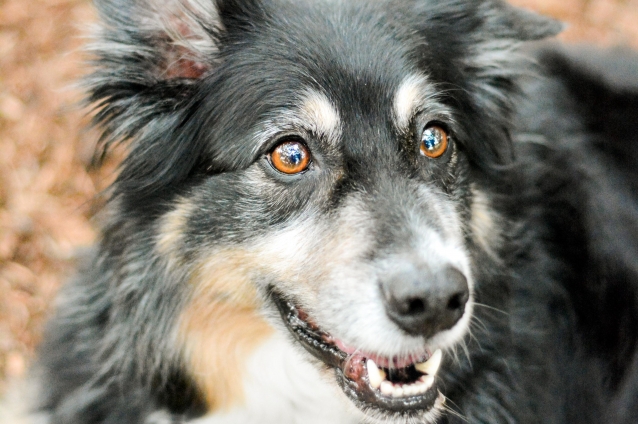 Urinary incontinence occurs when a housetrained dog loses control of his or her bladder. The severity can range from occasional small urine leaks to inadvertent voiding of a large amount of urine. This article will discuss the causes, symptoms and treatment options available for urinary incontinence in dogs.
Urinary incontinence occurs when a housetrained dog loses control of his or her bladder. The severity can range from occasional small urine leaks to inadvertent voiding of a large amount of urine. This article will discuss the causes, symptoms and treatment options available for urinary incontinence in dogs.
Causes of Urinary Incontinence
Urinary incontinence can afflict dogs of any age, breed or gender, but it is most often seen in middle-aged to older spayed females; cocker spaniels, springer spaniels, Doberman pinschers and Old English sheepdogs.
The following factors can cause urinary incontinence in dogs:
- Hormonal imbalance
- Weak bladder sphincter
- Urinary tract infection
- Urinary stones
- Spinal injury or degeneration (frequently seen in German shepherds)
- Protruding intervertebral disc
- Prostate disorders
- Presence of other diseases that can cause excessive water consumption, such as diabetes, kidney disease, hyperadrenocorticism
- Congenital abnormalities
- Anatomic disorders
- Certain medications
Symptoms of Urinary Incontinence
One of the most recognizable symptoms of incontinence is dripping urine, which can irritate the skin and cause redness. Excessive licking is another recognizable symptom. Pet owners may also notice the area where the dog sleeps is contaminated with urine.
What Should I do If I Think My Dog is Incontinent?
If you believe your dog is incontinent, consult with your veterinarian, who can confirm the diagnosis and determine the cause. A thorough history, physical exam and a urinalysis will likely be performed to verify whether your dog is suffering from a bladder infection, which requires treatment with antibiotics. A urine culture, blood work, radiographs and an ultrasound may also be done.
Complications of Urinary Incontinence
While some bouts of urinary incontinence ebb and wane, others can progress and cause more serious bladder and kidney infections. A skin infection may also occur in areas that are in constant contact with with urine as a result.
Treatment for Urinary Incontinence
The treatment for urinary incontinence will depend on its underlying cause. Medications can often effectively manage the condition and prevent everyday accidents from occurring. Some treatments focus on hormone therapy, while others, such as phenylpropanolamine, strengthen the urethral sphincter, which controls urine flow. If medication alone doesn’t work, surgery may also be an option. Collagen injections, a newer therapy for incontinence, appear to have promising results.
In situations of incontinence as a result of bladder stones, a protruding disc or congenital abnormality, surgery may be recommended.
Management for Urinary Incontinence in Dogs
Ways you can manage urinary incontinence include:
- Piling clean blankets and towels in your dog’s favorite sleeping spot, or putting waterproof pads under his or her bedding to absorb any moisture.
- Taking your dog for more frequent walks, including first thing in the morning and shortly after he or she wakes from a nap.
- Consider using doggy diapers, which are available at many pet stores.
- Providing proper hygiene to prevent any related skin infections.
- Always monitoring your pet’s condition, since it can quickly accelerate to infection, especially in elderly dogs.
It is important to consult your veterinarian before beginning any treatment for your dog. Contact us here at All Pets Veterinary Medical Center for more information with the link below!
















Lynda McCurdy liked this on Facebook.
Karen Milich liked this on Facebook.